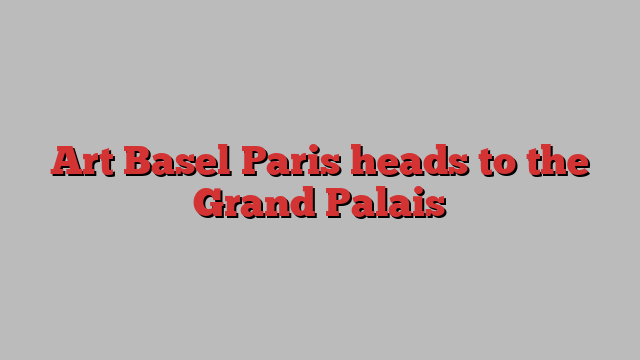
Just a couple of months after Olympic fencers duelled in the newly renovated Grand Palais, Art Basel Paris opens its first fair there on Wednesday. “We’ve been in a transitional place [the Grand Palais Éphémère] for the past two years, building up to this truly inaugural edition in the most beautiful venue in the world: a place of history, a place of patrimony,” says Clément Delépine, director of Art Basel Paris.
Many of its 195 exhibitors hope that the splendour can help assuage growing art market jitters around the world. Art Basel’s commitment to Paris stands as a symbol of the capital’s art-market kudos since Brexit made trading trickier in London, previously Europe’s long-acknowledged art-market centre. Although Paris still doesn’t boast as high a turnover of art — the latest UBS & Art Basel report puts 2023 sales at $4.6bn compared to $10.9bn in the UK — its trajectory since is on the up, as London’s falls. A separate report, by ArtTactic, found that auction sales in the first half of 2024 were up 12 per cent in Paris compared to the same period last year, while in London they fell by 29 per cent (and 27 per cent globally).
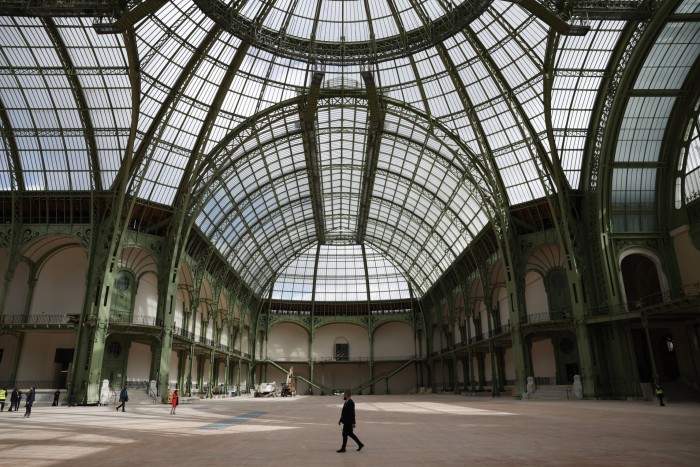
At the same time, the mood is not as high as it has been. A snap election called by President Macron just before the Games created a sense of national uncertainty that to some extent remains. In the event, the election results caused less upheaval than some had feared. Delépine suggests that the climate is “shockingly positive”, adding that “an agitated political rentrée [after the summer] is not a new phenomenon” in France.
Ahead of Art Basel Paris, Anne-Claudie Coric, executive director of Paris’s Galerie Templon, remains optimistic. She describes the Grand Palais backdrop as “a magical place with gorgeous light”. Her gallery is presenting a mixed booth including work by French artists Abdelkader Benchamma, Philippe Cognée and François Rouan, as well as the American Jim Dine, who lives some of the time in Paris (prices €30,000-€400,000).
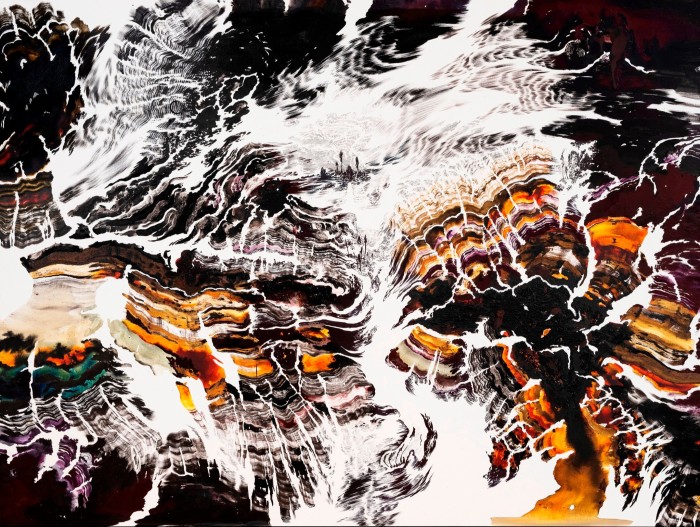
The wider art-market backdrop is not doing anyone any favours, in a year of depleted auction results and slower trade at most fairs so far. Anika Guntrum, the Paris-based managing director for Europe at the art advisory firm Gurr Johns, believes this could play to the strengths of the country’s collecting psyche. “The market here is still very traditional, in the positive sense of the word,” she says. “It is more about preserving and respecting art [versus investing]. We don’t hit the same highs, but also don’t hit the same lows.” Gurr Johns officially opens its Paris offices this week, for which Guntrum has organised a show of Cubist art in its gallery space (opening October 14).
Collecting art, Guntrum continues, “runs deep here; many [younger] collectors grew up with pictures in their parents’ and grandparents’ homes”. As such, Art Basel Paris comes in at the more serious end of the spectrum when it comes to the art on offer. This year a new section called Premise brings together nine galleries, some showing art made before 1900, with an emphasis on overlooked artists. This will include a booth of work by the Moroccan painter Mohamed Melehi (Loft Art Gallery, €18,000-€380,000) and a double-header pairing of the Brazilian artist Chico Tabibuia with Japanese-Brazilian artist Tomie Ohtake, whose work is also currently in the Venice Biennale (Nara Roesler, $25,000-$470,000). “Premise distinguishes us from the other [Art Basel] fairs and is a window for stories that haven’t been heard before,” Delépine says.
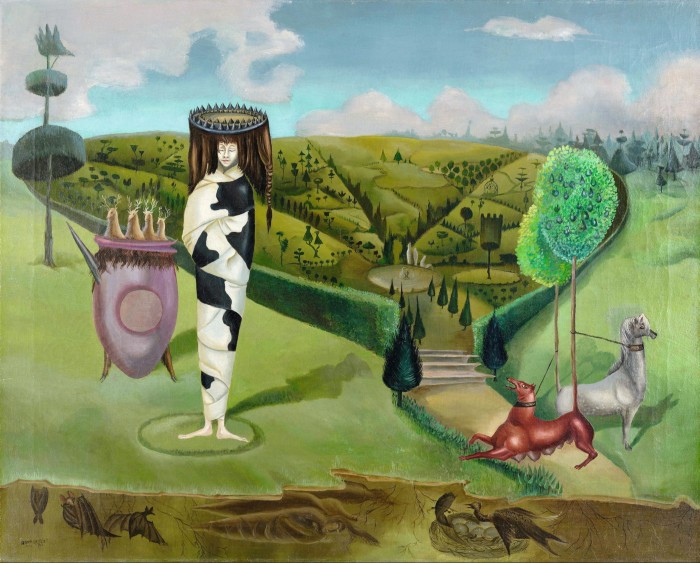
Weighty shows at Paris’s prestigious museums infuse the fair too. The Pompidou’s exhibition celebrating a century of Surrealism, for example, resonates in the booth of Paris-born Emmanuel Di Donna, who has operated a gallery in New York since 2010 and is one of 53 galleries new to the fair this year. From his stock of Surrealist works, he brings paintings by Yves Tanguy, Wifredo Lam, Agustín Cárdenas and Alicia Penalba (prices from about €40,000 for Penalba to over €4mn for Lam). These include Tanguy’s relatively early “Le Bateau” (1925-6), with stylised steam emerging from the boat’s three flattened funnels.
Di Donna is limiting his art-fair showings to just three this year. “The material I handle is at the top end of the secondary market, so I don’t want to spread myself too thin,” he says. Excitement around the grand venue played into his thinking, while Paris is pertinent to the artists on his booth, because “it was their passage through [the city] that forms their language”. Of the wider market mood, he acknowledges some “decision paralysis” on the part of collectors, but says “there is still a lot of money waiting on the sidelines”.
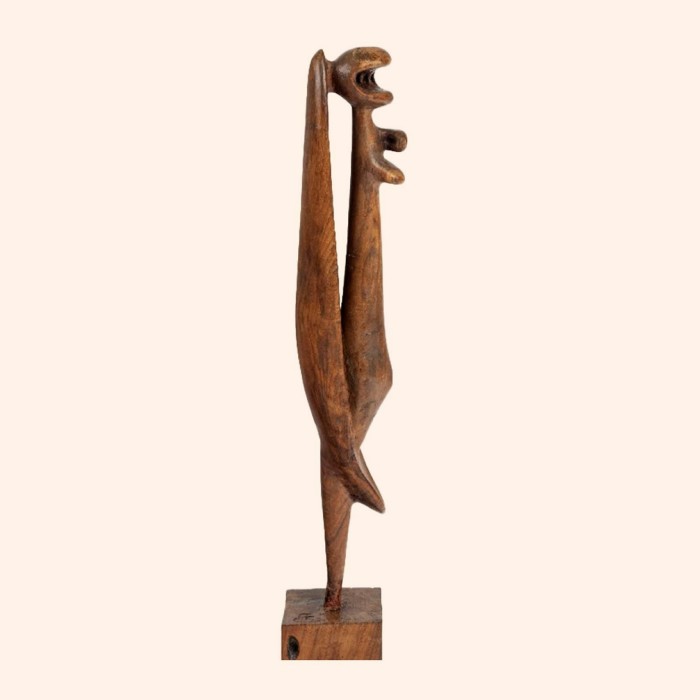
Tornabuoni Art also leans into the city’s institutional exhibitions. As well as Surrealist work, its Arte Povera offerings include an enamel canvas by Pino Pascali and a large “Mappa” (1989-91) tapestry by Alighiero Boetti (prices from €60,000 to more than €10mn), chiming with the show dedicated to the 1960s and 1970s Italian art movement at the Pinault Collection’s Bourse de Commerce. At Hauser & Wirth, meanwhile, a two-metre high, 2021 bronze by Barbara Chase-Riboud ($1.9mn), coincides with a remarkable collaboration between eight of the city’s major museums to show her work, including under the pyramid of the Louvre museum.
It’s not all heavyweight, however. There’s the second iteration of the Art Basel shop, with its pricey souvenirs, artist editions and the first Art Basel scent, created with Guerlain, and with packaging by the Parisian painter Julie Beaufils. The perfumer has a separate stand in the fair to highlight its collaboration with the Korean artist Lee Ufan, while other luxury brands abound in and around the fair. Louis Vuitton once again hosts its Frank Gehry-designed, art-filled lounge, while new public programme sponsor Miu Miu brings a project by Goshka Macuga to the Palais d’Iéna.
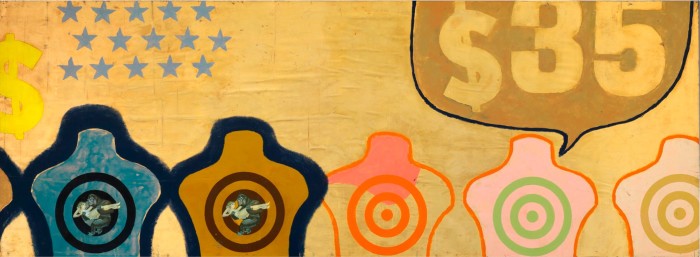
The fair has also jazzed up its display with an initiative called Oh La La! “We’re not afraid to be cheeky,” says Delépine of the scheme, which sees 33 galleries on the Friday and Saturday replace some of the art on their booths with quirky, talking-point works “about warm feelings — love, sentiment and the erotic”. The plan could avoid the stasis of an event that opens to VIPs two days before the public. Is it a case of getting the crowd to come back to the fair a second time in one week? “I want people to come 20 times,” he says. With all that the city has to offer, it’s quite an ask, though in Art Basel’s much-anticipated new Paris home, they just might.
October 18–20, artbasel.com